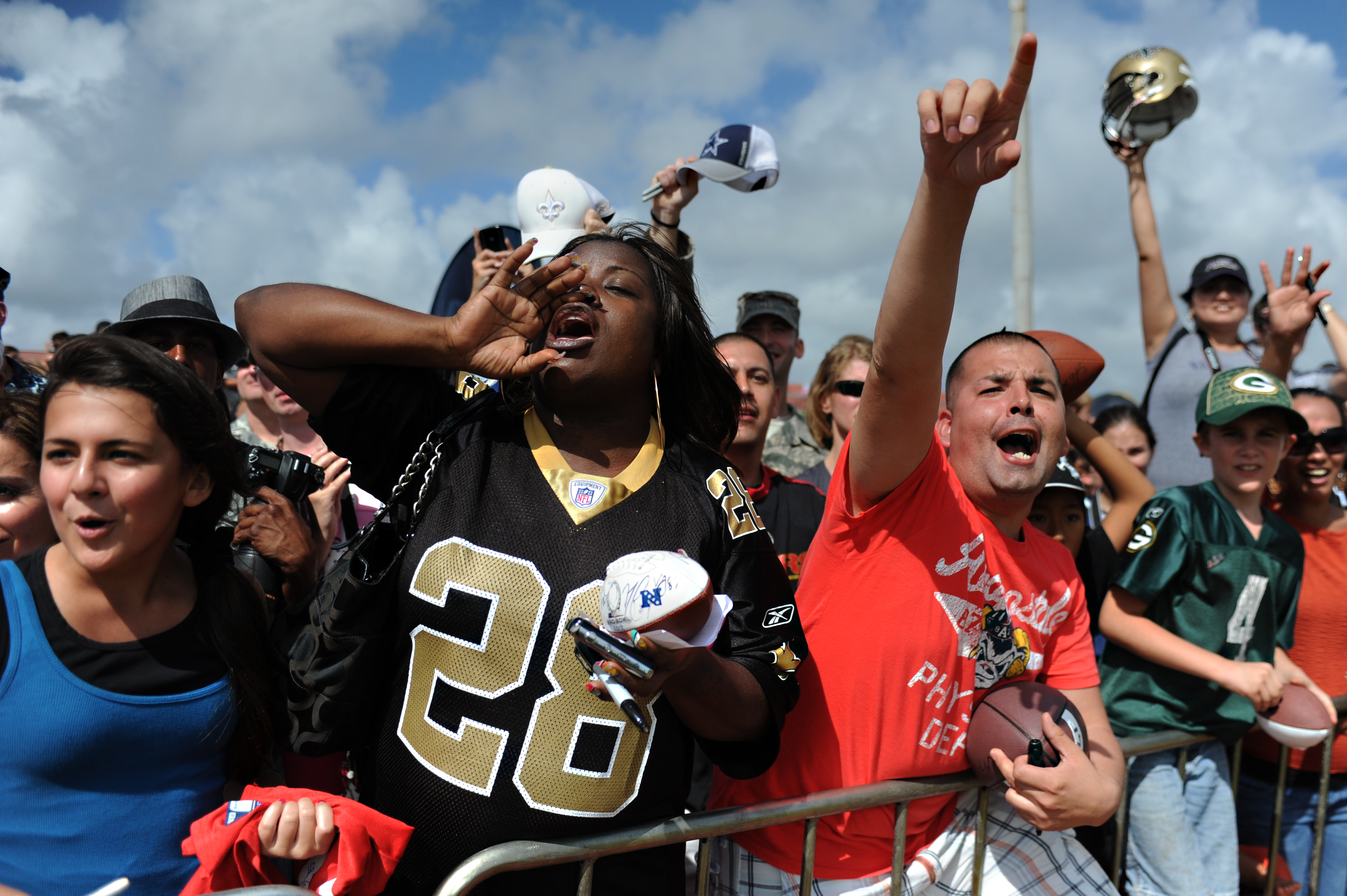Despite all the fun and excitement that sports bring, interest in sports across the U.S. has been steadily declining. According to the data, online alternatives have been dominating people’s free time.
By the end of 2016, the industry knew they had a problem. The demographic group where engagement in sports declines most in males age 12-34. Surprisingly, men 34 and older still encompass a high level of involvement.
These numbers don’t necessarily reflect that the sports industry needs to change the product to eliminate the problem. What instead needs to change is how they approach their audience.
There are two strategies to go about solving the lost interest – short-term and long-term.
- Understanding the problem
Twenty-three years of ESPN Sports Poll data have shown a steady decline affecting the broadest level of general sports interest across all categories. This has eventually affected all sports stakeholders. It’s undeniable competition has played a major role in all of this but it’s vital to critically analyze both the competition and the changing sports culture.
There are a noticeable change American’s priorities. A number of choices on how to spend their free time has widened. This has caused a dynamic shift, from sports-loving to alternative replacements.
The online marketplace has brought another challenge. Various online activities are easily accessible, include advancements in technology, and have attractive features to attract their target markets.
2. Short-term solution
Sports organizations have mostly focused on short-term strategies with the aim of getting a quick return on their investments. These strategies have bought time, they ultimately will have a short-term effect on the fan’s interests. To see lasting effects among the market, long-term solutions must also be put in place.
- Long-term solutions
Long-term strategies are the way to go to make this industry profitable, entertaining and fulfilling to fans. Executives should consider targeting areas where their market currently spends the majority of their free time. Including:
– Time with family and friends – Center your marketing strategies center on how your sport enhances quality time with family and friends. Portray it be the memorable experience for fans to enjoy with their loved ones. Once your efforts align with this thinking, fans will automatically opt to go to a game as a way to be with friends and family.
– Planned social viewing –According to research, 56% of fans with a favorite team live outside of that team’s geographical market. The alternative method of watching the game is through the media outlets. It has also been established that 54 percent of all sports fans most often watch sports as a planned social event. The higher the sports priority, the greater the planned sports viewing.
– Support Instigators – Of the 95% of sports viewers and 50% of those watching as a social activity, someone has to make it happen. Target the party planners and support them. Make it easy for them to host a gathering whether it be partnering with a pizza company or playing great music during time out. The party-people will notice and appreciate your efforts.
The future solution, therefore, should combine growing the fan base and developing a closer relationship between the sport and its fans.
Get the full story here.
 (979) 488-5500
(979) 488-5500
